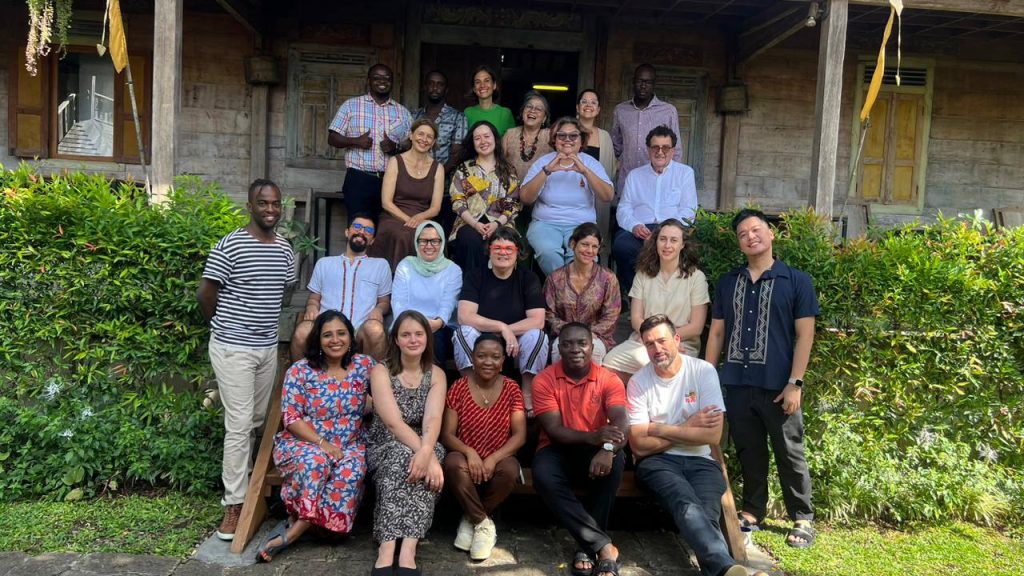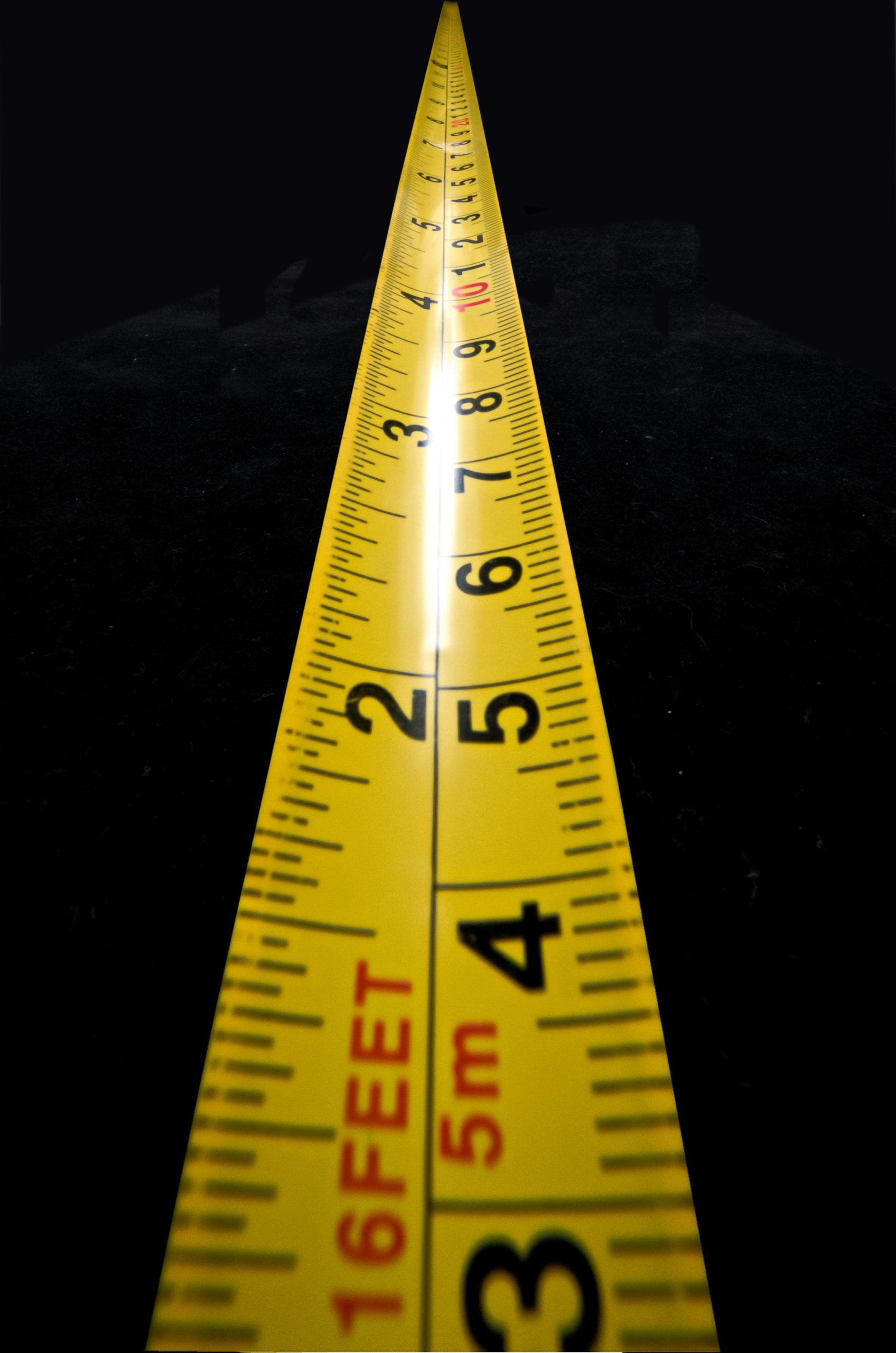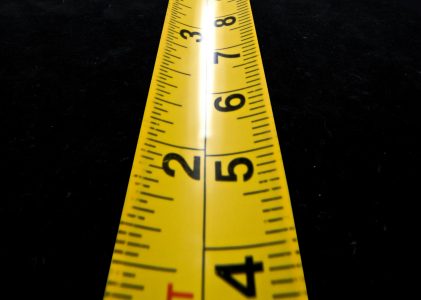
Everyone in our organisation understands the importance of data. We have intentionally built a system where every team member is involved in monitoring and evaluation. We don’t have an in-house specialist or a written M&E policy. Instead, each project manager is responsible for assessing the effect of their project on communities. Ultimately, the purpose of the data collection is to improve the project.
Is this a perfect system? Even though, it works for us now, we understand there is always room for improvement because data collection is only the tip of the iceberg with a lot of work underneath it. Occasionally, this work is called MEAL (monitoring, evaluation, accountability and learning).
Often time, monitoring and evaluation is perceived as something only done for donors. Yet in fact, we collect data for ourselves too when we evaluate how a meeting went and how it can be improved next time. When we track mentions on social media and communicate with those who received our assistance – we do it for ourselves.
This path of data collection should begin not with learning about log frames or reporting standards, but with identifying specific tasks that help the organisation (not just projects) become better in the first place. The measurement of each project can be looked at from different angles: how it affects society, what processes need to be improved, how the project affects the organisation itself.
Every year, we as community foundations, local co-funders and our members, publish a report on our website as a form of this type of horizontal accountability.
During the Measuring What Matters meeting, I had the opportunity to talk to representatives of local organisations from various parts of the world. We were discussing how to use data effectively in our work, and one key idea struck me: ‘What should we do with the data we already have?’ As a result of the discussions, we identified 7 key operational tasks that data performs for the sustainable development of a public or charitable organisation.
1. Reflection: This is work with data that helps to understand which approaches work and which do not. For example: after each event, we ask people to fill out an anonymous feedback form, which includes questions about the benefits of the event, the mood of the event, and the logistics of it. Based on this feedback, we hold a team meeting and collect data from the team. Everything is recorded in a single document, and each subsequent event considers what we have learnt.
2. Accountability: This is probably one of the most obvious tasks – to report on funds to donors. However, we should also be accountable for the intangible resources – the trust, attention, and recognition we get from our local donors. Being transparent and communicating how those resources were distributed. What was done and why it is important not only with the donor, but also doing a horizontal accountability with the communities the work is meant to serve. Every year, we as community foundations, local co-funders and our members, publish a report on our website as a form of this type of horizontal accountability.

3. To teach: By documenting our own achievements, we can easily share these experiences to motivate and train other teams. In our work, we try to record and share our experiences with our network members. Including, how to build communications, how to work with a team, how to set up technological tools. This documentation serves keeps a record of our lessons for others to create inspirations and not standards.
4. Record: There is a global problem – we are constantly trying to reinvent the wheel. This happens due to a lack of time and materials to study the experience of other organisations – what worked, what were the challenges, and what led to their successes. Creating a ‘history book’ of your organisation can be useful both globally for the sector and internally when engaging new people or partners. In this area, one of the useful practices that have worked for us, has been to write down the the project methodology (we have only just started working on this).
5. Communicate: The visibility of an organisation indicates that its processes are organised. In many organisations, monitoring teams work closely with communication teams. When we organise a visit to a community, the project manager often goes along with the communication team to shoot materials, collect stories, and showcase the project through storytelling tools.
6. Determining where we are on the implementation journey: Collecting data helps us understand how we are moving towards our goals and whether projects are achieving their intended results. The team has weekly meetings to discuss the results, and every six months we hold a team meeting to discuss the state each project and the organisational goals.
7. Use for decision-making: When we decide on a project, we always conduct research among our members: who is doing what, whether we need to strengthen, and what are the best practices. We also use internal data from the organisation, such as event registration data. How many of the registered people attended, and what are the levels of interest. These statistics influence the planning of future events: how many registrations do we need to get to reach X number of the target audience? It is also important to learn how to collect data that helps to make both operational and strategic decisions.
Monitoring and evaluation, whatever you call it, should not be perceived as ‘something for donors’. It is primarily for the sustainable development of the organisation, and when you work with data, ask yourself some of these questions: do I need this amount of data and what purposes does it serve? How should I structure and manage the data? And does this data show me something I hadn’t noticed before?
Daria Rybalchenko is the Director of the Director National Network of Local Philanthropy Development. A version of this article was also published in Ukrainian.

